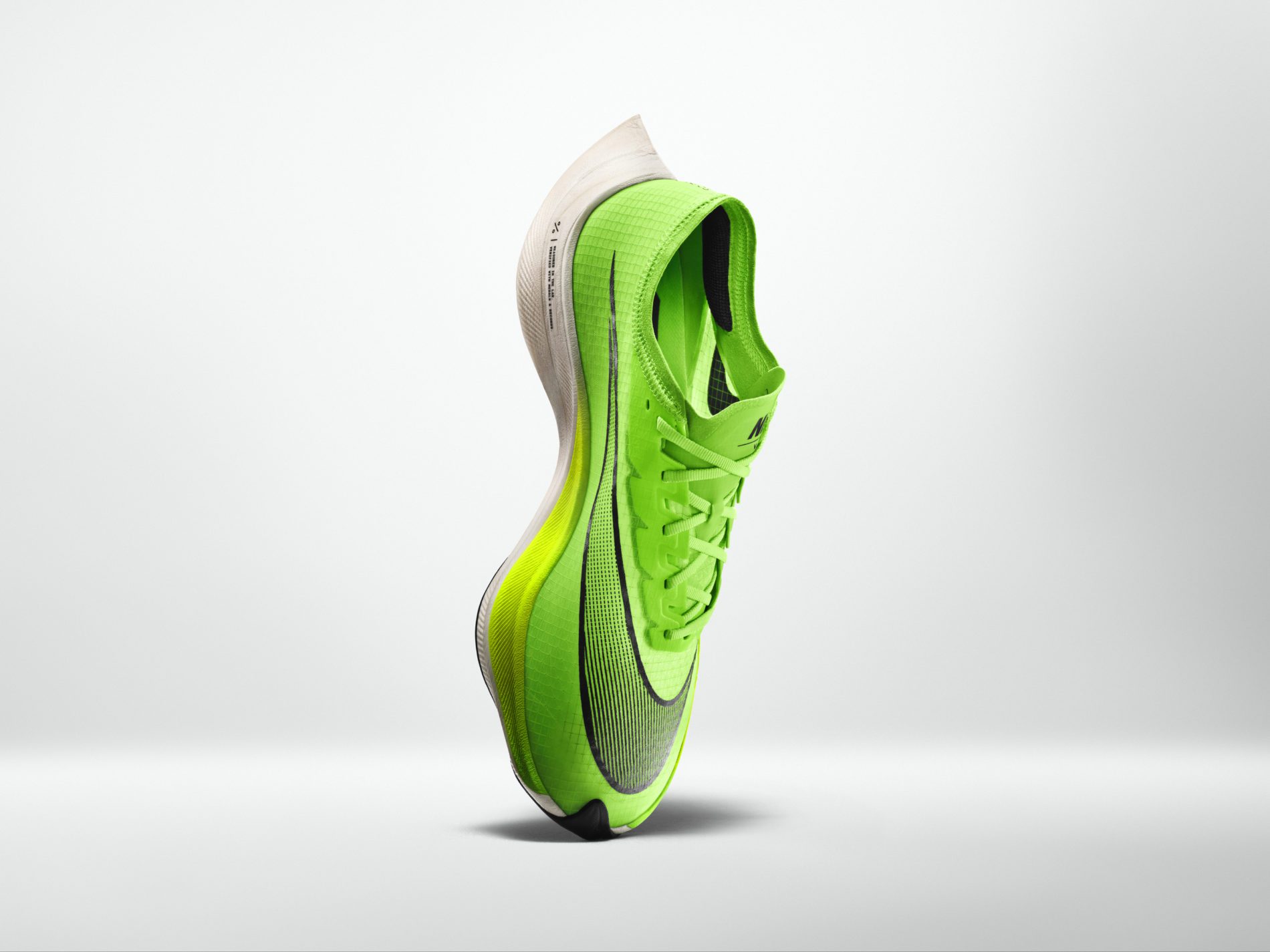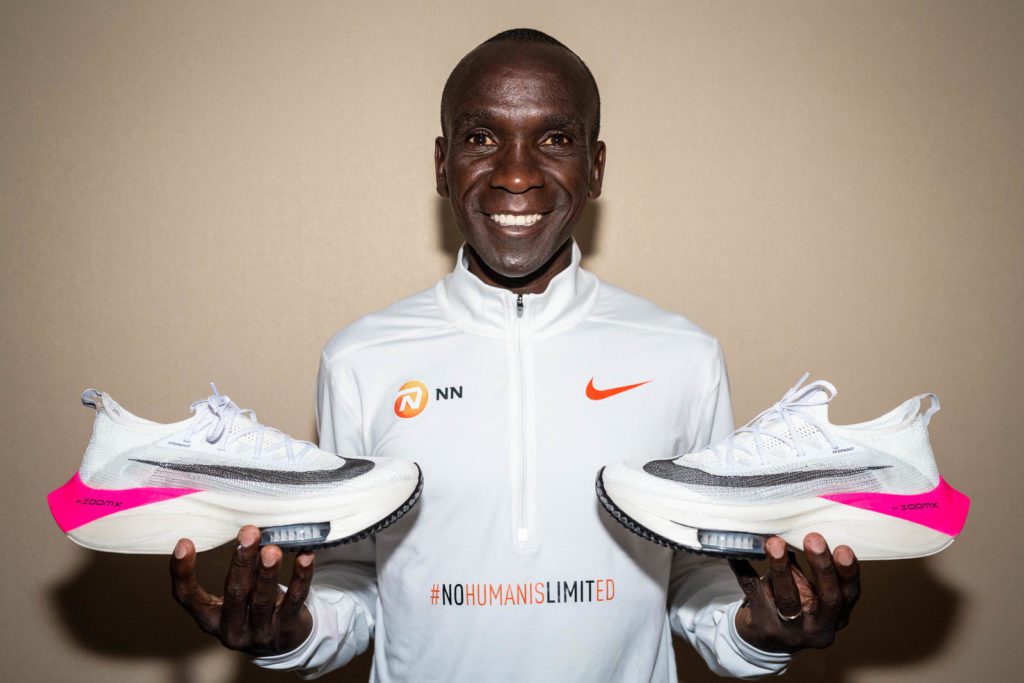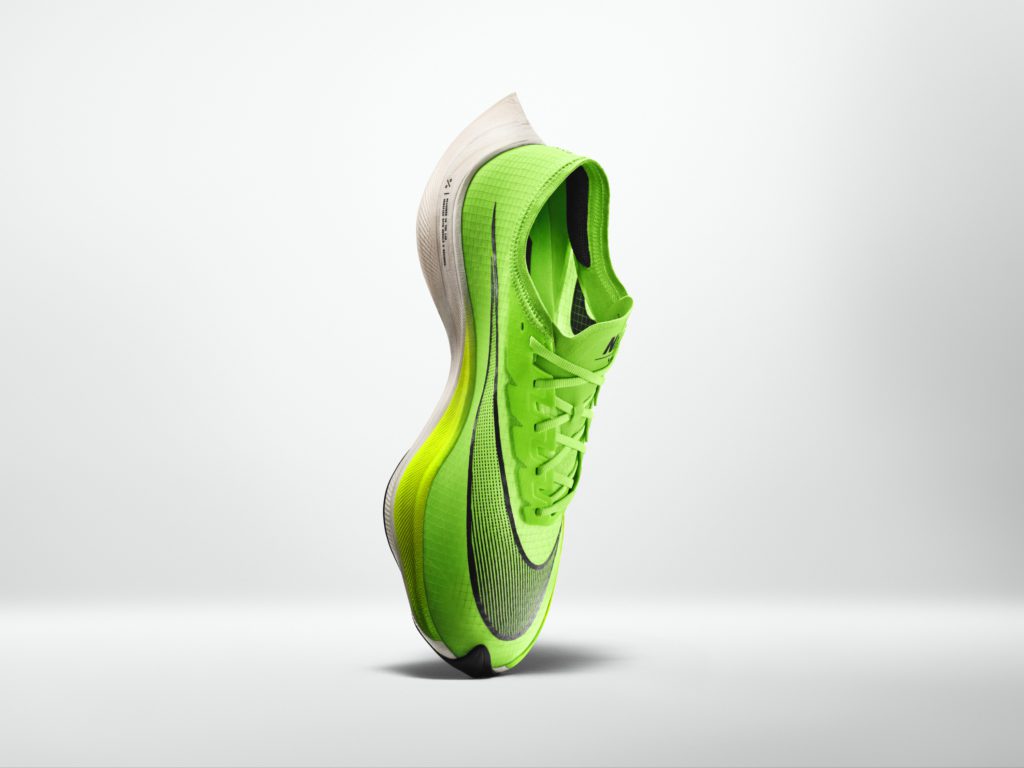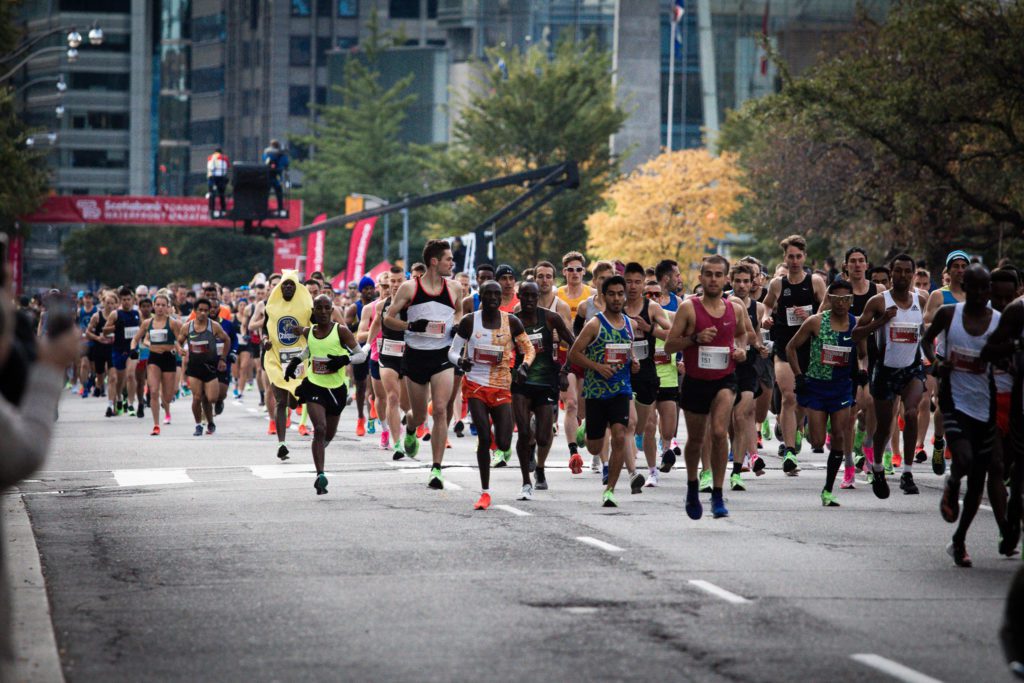World Athletics bans prototypes from elite competition
While the AlphaFly won't ever see elite competition, the Vaporfly and Next% are here to stay

On Friday morning, World Athletics announced that it has modified the governing rules for competition shoes to provide greater clarity to athletes. However, in the pursuit of clarity, these rules just made things a little complicated for some companies and athletes (and that company isn’t Nike).

The new rules
World Athletics set boundaries on the two biggest issues in shoe technology: availability and shoe construction. The availability rule will be enforced as of April 30, 2020 and the shoe specifications are effective immediately.
Availability: From April 30, 2020, any shoe must have been available for purchase by any athlete on the open retail market (online or in-store) for a period of four months before it can be used in competition. This means that any shoe released after April 30 has a four-month long waiting period before elites can use it in a race.
Shoe specifications:
- The sole must be no thicker than 40 mm.
- The shoe must not contain more than one rigid embedded plate or blade (of any material) that runs either the full length or only part of the length of the shoe. The plate may be in more than one part, but those parts must be located sequentially in one plane (not stacked or in parallel) and must not overlap.
- For a shoe with spikes, an additional plate (to the plate mentioned above) or other mechanism is permitted, but only for the purpose of attaching the spikes to the sole, and the sole must be no thicker than 30 mm.
The tallest shoe on the market
The tallest shoe on the market is currently the Nike NEXT%, which stands at 36 mm (the Vaporfly 4% is slightly shorter, at 31 mm). So those work under the new guidelines, however, the Nike AlphaFly, rumoured to stand 50 mm tall, does not.

Another shoe that will be taken out of the game is the Nike prototype spike which was worn by runners like Sifan Hassan at the Doha World Championships. It was on the feet of Nike’s top athletes but wasn’t commercially available (and still isn’t). If this shoe goes to market before the April 30 deadline, it could be worn at the Tokyo 2020 Olympics. Otherwise, it’ll be plain old-fashioned spikes for all track runners.
What this means for elite runners
Many countries are running their Olympic Marathon Trials in the coming weeks, with the U.S.’s being only four weeks away on February 29. Runners will be able to wear their prototype shoes until April 30 (which is presumably after all of the trials have run). However, if these prototypes haven’t become a publicly available product by April 30, the runners won’t be able to wear them at the Olympics as the shoe will still be waiting out its four month sentence.

Interestingly, Nike remains one of the companies with an upper hand even though the AlphaFly will likely never see the feet of the masses. Because most other companies (with the exception of Hoka, New Balance, Nike, Brooks and Under Armour) have yet to commercially release their carbon-plated shoes, their athletes will have to wait four months from the release date until they can use them in competition, whereas the companies mentioned have either released, or are in the process of releasing, their prototypes to the retail market, so athletes can freely wear their sponsor’s fastest shoe.
Small tweaks
The one work-around in these rules are the permission of small tweaks to an elite runner’s shoe. World Athletics says, “Any shoe that is available to all, but is customized for aesthetic reasons, or for medical reasons to suit the characteristics of a particular athlete’s foot, will be allowed.” This has been happening for years and simply means that for comfort reasons a shoe can be modified.


